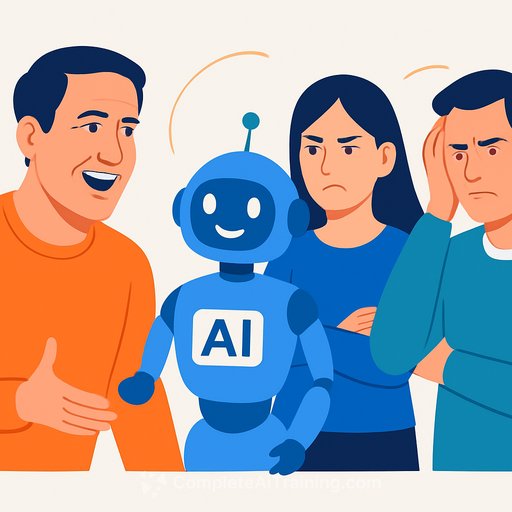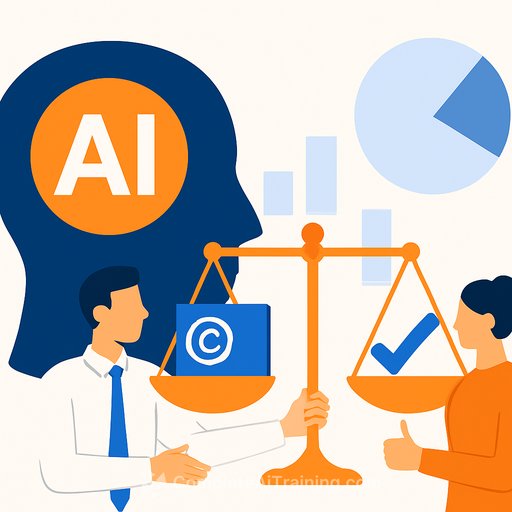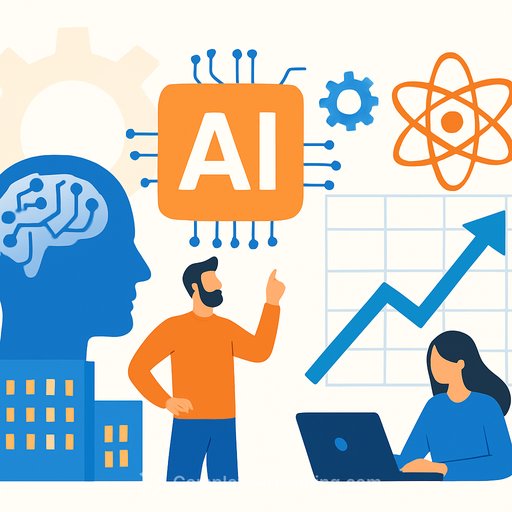Will AI Turn Japan's 'Irreplaceable Treasures' Into Slop?
Japan's anime industry wasn't brought to its knees by AI. It was weakened by low pay, brutal hours, and thin IP protections - an "environment ripe for exploitation," as a UN human rights body warned. Now AI raises the stakes. If Tokyo doesn't move, a $21 billion cultural engine could be gutted by shortcuts and copycats.
The Sora 2 wake-up call
The release of OpenAI's Sora 2 video generator exposed a harsh reality. Feeds filled with AI clips riffing on Naruto, Doraemon, Totoro, and more - while Western icons like Mickey Mouse were largely missing. A Japanese lawmaker raised alarms. The government pushed, and OpenAI signaled more granular controls for rightsholders and a revenue-sharing plan "soon."
That response is a start. It's not a settlement. If iconic Japanese works helped train these systems, creators deserve compensation for past and future use - not just promises going forward.
Pay creators. Publish datasets. Prove consent.
Transparency is non-negotiable. If a model can imitate a style or character, the public should know what was in the training mix. That means disclosing datasets, honoring opt-outs, and enabling takedowns at scale. Content provenance standards (like C2PA), dataset registries, and watermarking should be normal, not novel.
There's precedent for paying human creativity in tech shifts. The Hollywood writers' agreement set ground rules: workers decide how AI is used in their work and get paid either way. Read the contract summary here: WGA MBA.
Tokyo's second chance
Japan owes more to the artists who carried its soft power through the "lost decades." If AI is the new production line, then labor, IP, and platform rules must be reset fast. Here's a focused plan.
Policy moves that matter
- Guarantee minimum rates, overtime enforcement, and health coverage for animation workers. End the poverty cycle behind prestige titles.
- Strengthen IP so training on protected characters, worlds, and styles requires licensing and payment. Make penalties bite.
- Mandate dataset transparency for models deployed in Japan. No black boxes. Publish sources and change logs.
- Require platform-level provenance: watermarking by default, clear labels for AI outputs, and fast-track takedowns for impersonations.
- Enable and protect unions across anime and manga. Collective bargaining is how creatives get a real say in AI use.
UN human rights advocates already flagged the risks to this sector. Their warning should guide enforcement: OHCHR.
Studios and publishers: set the baseline
- Put AI clauses in every contract: explicit consent for training, minimums for derivatives, and revenue shares for model outputs that imitate protected IP or distinctive styles.
- License styles like music samples: scoped, time-bound, auditable. No open-ended "use in perpetuity."
- Adopt "human-in-lead" workflows. Use AI to cover grunt tasks (inbetweens, cleanup, utilities), not to replace the core creative voice.
- Run regular model audits. If tools can recreate your catalog or star artists' styles, trigger payment or blocklists.
- Build creator dashboards: track usage, claims, payouts, and impersonation alerts in one place.
Creators: protect your work and your paycheck
- Update your contracts: add clauses for AI training consent, style usage, synthetic derivatives, and floor rates for any AI-assisted outputs featuring your IP.
- Register everything: characters, worlds, logos, and signature styles. Make infringement straightforward to enforce.
- Join or form a union or guild. Organizing is how you set industry norms, not just chase individual wins.
- Use provenance: embed watermarks, keep dated source files, and maintain a public "style sheet" to prove authorship.
- Monitor platforms weekly. File takedowns for impersonations and style-clones. Document patterns to support bigger claims.
- Leverage AI on your terms: pre-vis, boards, asset clean-up, and pitch comps. Keep the vision human, use the tools for speed.
If you're assessing video tools and want a current map of the space, start here: Generative video tools overview.
The cost of waiting
AI can either widen the gap between value created and value paid - or close it. The difference comes down to contracts, transparency, and collective power. If Tokyo moves quickly, anime and manga stay "irreplaceable treasures," with technology serving the craft, not strip-mining it.
If it stalls, the rules get written elsewhere - and the feed gets flooded with slop wearing Japan's face.
Your membership also unlocks:






